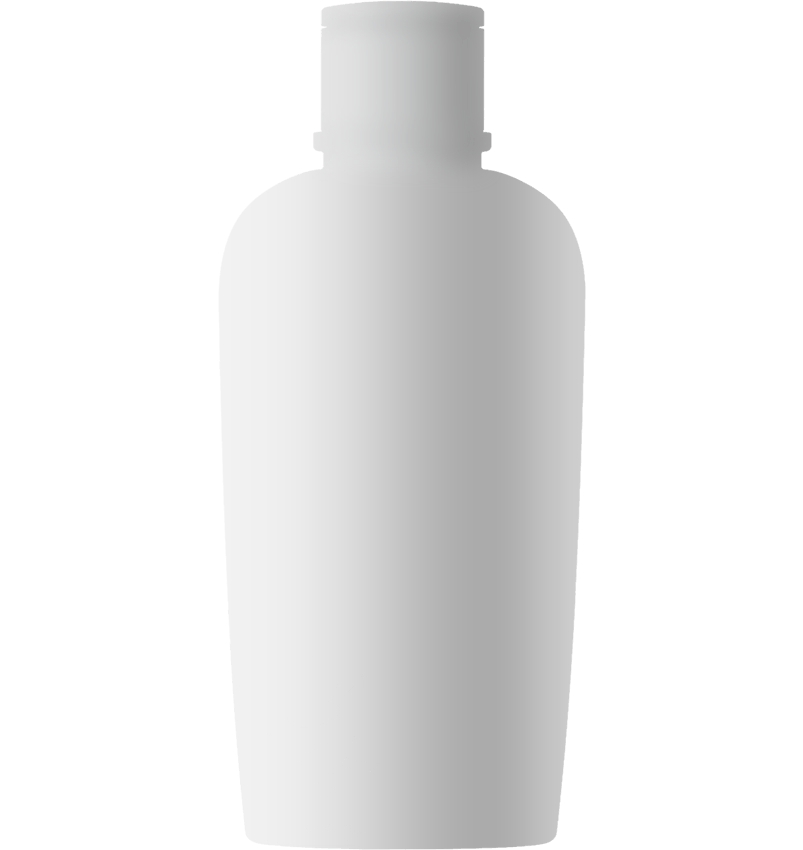Understanding Lip Lift Surgery: Aesthetic and Functional Enhancement
Lip Lift Surgery is a sought-after procedure in the realm of facial rejuvenation. It combines advanced surgical techniques with precision artistry to enhance the upper lip’s contour and position.
This transformative procedure addresses various concerns:
• Aging signs like elongated philtrum or volume loss in the upper lip.
• Structural improvements for a more defined and balanced appearance.
• Dental aesthetics by improving teeth visibility during speech or smiling.
By integrating innovative techniques with customized treatment plans, lip lift surgery delivers high satisfaction rates and contributes to overall facial harmony.





